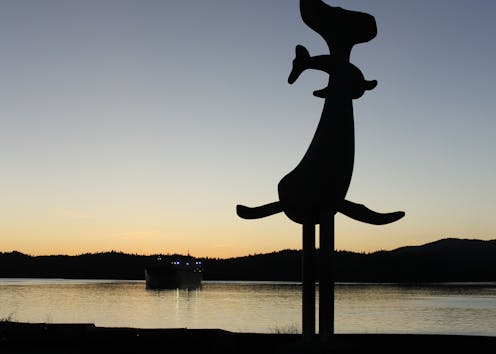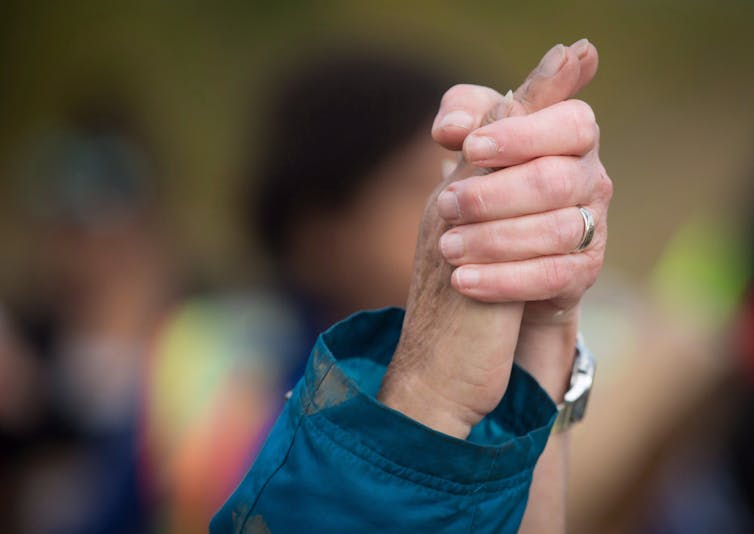
Between 2004 and 2013, three young Indigenous people died under mysterious circumstances in Prince Rupert, B.C., and the investigations into their deaths were inadequate.
Each death occurred at the waterfront and was quickly labelled a suicide, accident or slip-and-fall and intoxication — all determinations that come as no surprise to Indigenous communities — particularly before the completion of a full investigation.
News coverage at the time of the deaths indicated the families of Kayla Rose McKay, 13, Emmalee McLean, 16, and Justin Brooks, 21, fought for information from investigators.
In 2013, the families sought out legal advocacy and a team of people with expertise in challenging Indigenous death investigations formed. They included advocates from Vancouver Aboriginal Transformative Justice Society Services (VATJSS), B.C. Civil Liberties Association (BCCLA) and Grand Chief Stewart Phillip from the Union of B.C. Indian Chiefs (UBCIC). The team’s goal was to assist the families in getting information and address the investigative inadequacies.
As part of an academic team dedicated to helping achieve these goals, I examined the investigative conduct from each case and compared it with standard procedure required for both law enforcement and coroners. The results determined that each investigation had several procedural deficiencies.
Investigative inadequacies
In the case of Brooks, his family presented concerns about how quickly the RCMP returned his bloodied clothing — especially when Brooks had been in a fight the night of his death.
Baseline death investigation policy says that “all material located at a crime scene should be considered potentially relevant to the investigation” and that investigators must collect and preserve all relevant evidence should the case arrive in court.
Given that the coroner had not yet made a final determination of death at this point, the clothing should have been treated as valuable relevant evidence, received forensic analysis and been kept for the duration of the case. By returning the clothing to the family so quickly, forensic analysis wasn’t done meaning the clothing won’t be viable to use in court if the case ever reopens.
Brooks’s family also says they were not allowed to identify their son’s body and were unable to confirm whether it was their son who was found at the waterfront. McKay’s family expressed the same, saying investigators denied them the right to view her body after she was found.
Investigative policy identifies both instances as inadequate procedures. Standard practice requirements state that families should be allowed to designate an individual to identify the deceased at the morgue. It further entitles families, should they choose, “to have a representative present during the autopsy.”
In the cases of McLean and McKay, special investigative attention should have been paid over the suspicious circumstances of their deaths and the age at which they passed. Both girls had acute alcohol poisoning and McKay was noted to have been missing her clothing when found.
In the interest of public well-being, the B.C. Coroners Act gives power to the chief coroner to call a reinvestigation (also known as an inquest) into any unnatural death — particularly when there are multiple similar youth deaths in one area.
Considering the additional suspicious factors like underage alcohol consumption — that McKay was found without clothing and that Brooks was in a fight the night of his death — it is surprising that none of the cases came to inquest or criminal court.
Community efforts and action
The inadequate investigations forced the victims’ families to search for information themselves. This is a common occurrence for many Indigenous families when working with law enforcement.
Research and case reviews report that racism within police forces has not only contributed to direct violence against Indigenous people but also to victim-blaming determinations, refusal to fulfil basic investigative requirements and premature case conclusion.

In 2013, the Brooks family established Justice for Justin, a campaign that fundraised thousands in reward money for public tips. And representatives from UBCIC, VATJSS and BCCLA assisted each of the families in negotiating information from investigators through Freedom of Information requests.
Challenging each of these investigations is ongoing and remains a committed effort between the families, their communities, legal and Indigenous advocacy teams and Simon Fraser University academics. This work brought small triumphs in the forms of a private investigator for Brooks’ case, an academic thesis examination of inadequate procedures and a pro-bono DNA analysis of evidence from the British Columbia Institute of Technology.
Now, years after their children’s deaths, families are still searching for information as thousands of similar cases become visible across Canada.
Recent news stories show that review of past inadequate investigations is possible. Thunder Bay, Ont., recently had a reinvestigation into the deaths of nine Indigenous people and found similar inadequacies like failure to conduct forensic analysis of evidence, disregard for missing clothing or evidence of sexual assault and refusal to talk with the families.
Reviewers said the inadequacies in the investigations were partly due to systemic racism and racial stereotypes, and argued that other cases still need review.
It is the duty of us all — settlers, Indigenous people, investigators, academics and members of the public — to not only hear the calls of injustices, but also demand fair and supportive death investigation procedures for all.
These findings come from long-term existing relationships with many community and Indigenous partners. Because of the nature of this work, at this time we request and do respect the privacy of individuals, families and communities.
Steff King does not work for, consult, own shares in or receive funding from any company or organization that would benefit from this article, and has disclosed no relevant affiliations beyond their academic appointment.
This article was originally published on The Conversation. Read the original article.







